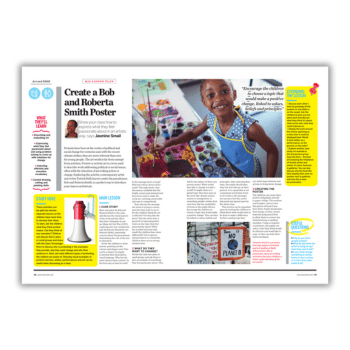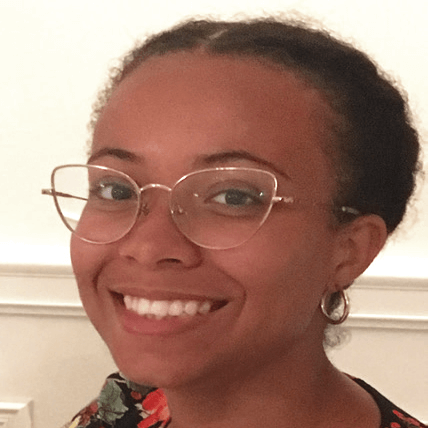PDF KS2 lesson plan
KS2
Years 3-6
Show your class how to express what they feel passionate about with this protest art lesson plan by Jasmine Smail…
Protests have been at the centre of political and social change for centuries and, with the recent climate strikes, they are more relevant than ever for young people. The art world is far from exempt from activism.
Protest art (or activist art) is a term used to describe work addressing political or social issues, often with the intention of provoking action or change.
Exploring the activist, contemporary artist and writer Patrick Brill, known under his pseudonym Bob and Roberta Smith, is a perfect way to introduce your class to activist art.
These activities can be split into shorter, separate lessons so children have more time to develop their ideas.
Protest art learning objectives
- Describe and evaluate art
- Express what you feel passionate about and use problem-solving to come up with solutions for change
- Select effective and evocative vocabulary
- Careful drawing, cutting and painting skills
Starter activity
To start, ask children what they think protest means. Can they think of any examples? Children can discuss this with their talk partners or in small groups, then share with the class. Encourage them to discuss:
- who is protesting in the examples they provide
- why they want change
- who their audience is
Next, ask what different types of protesting the children are aware of. Showing visual examples of protest marches, strikes, performances and protest art can be useful when discussing as a class.
Jasmine Smail is a primary learning support assistant and art student at Bath School of Art. She is passionate about providing activities that give children a better understanding of the art world. Browse more KS2 art ideas.











